Maybe you´ve seen it: Accomplished sailor, circumnavigator, inventor of the ARC and author of so many cherished books, Jimmy Cornell, announced a new rally for cruising boats: The High Latitudes Challenge. Basically, that is what I am dreaming of for my whole life as being the ultimate goal, the endgame, the king of my bucket list: Sailing around the Americas with visits to both the arctic and the antarctic regions.
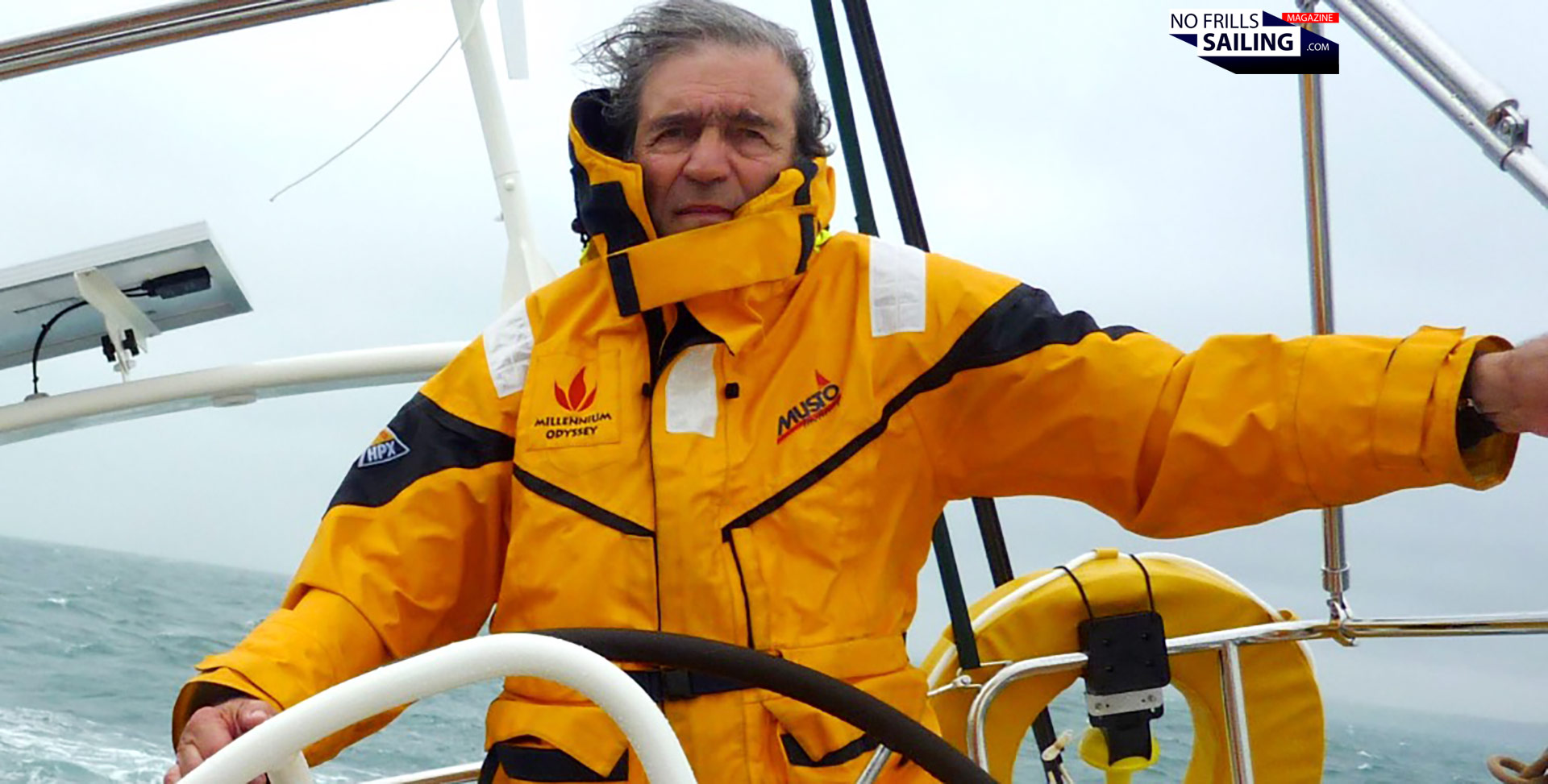
Looking at the proposed route, it´s full of legendary locations to point your bow on and sail to, including the Northwest-Passage. I´ve written many, many articles about this almost magical place that has a certain ring to it in the ears of generations of sailors. And so I took the chance and spoke with Jimmy again: Not so much about his inaugural High Latitudes Challenge – that´s a topic for another article a bit later – but about his last time traversing the Northwest Passage. Get on your warm cloth, here we go …
Jimmy Cornell on his last time Northwest-Passage sailing adventure
NO FRILLS SAILING.com | Lars Reisberg: “Jimmy, you have sailed to both Antarctica and the notorious Northwest-Passage. What moved you to tackle those challenges in the first place?”
Jimmy Cornell: “After two circumnavigatations along the classic tropical route, I decided to widen my horizons by sailing to more extreme destinations. So in 1999 I sailed to Antarctica with my son Ivan on AVENTURA III. On our return from Antarctica, after making landfall at Horn Island, we continued north through the spectacular fjordland of Southern Chile to Easter Island, Pitcairn, French Polynesia, the Line Islands, Hawaii, and – five months after having left Antarctica – our 12.700 miles-long transpacific marathon was completed in Sitka, Alaska. We didn’t consider at that point to attempt a transit of the Northwest Passage, because it was still regarded as a risky undertaking. But it was then and there that I first thought of doing that challenging voyage some day.“
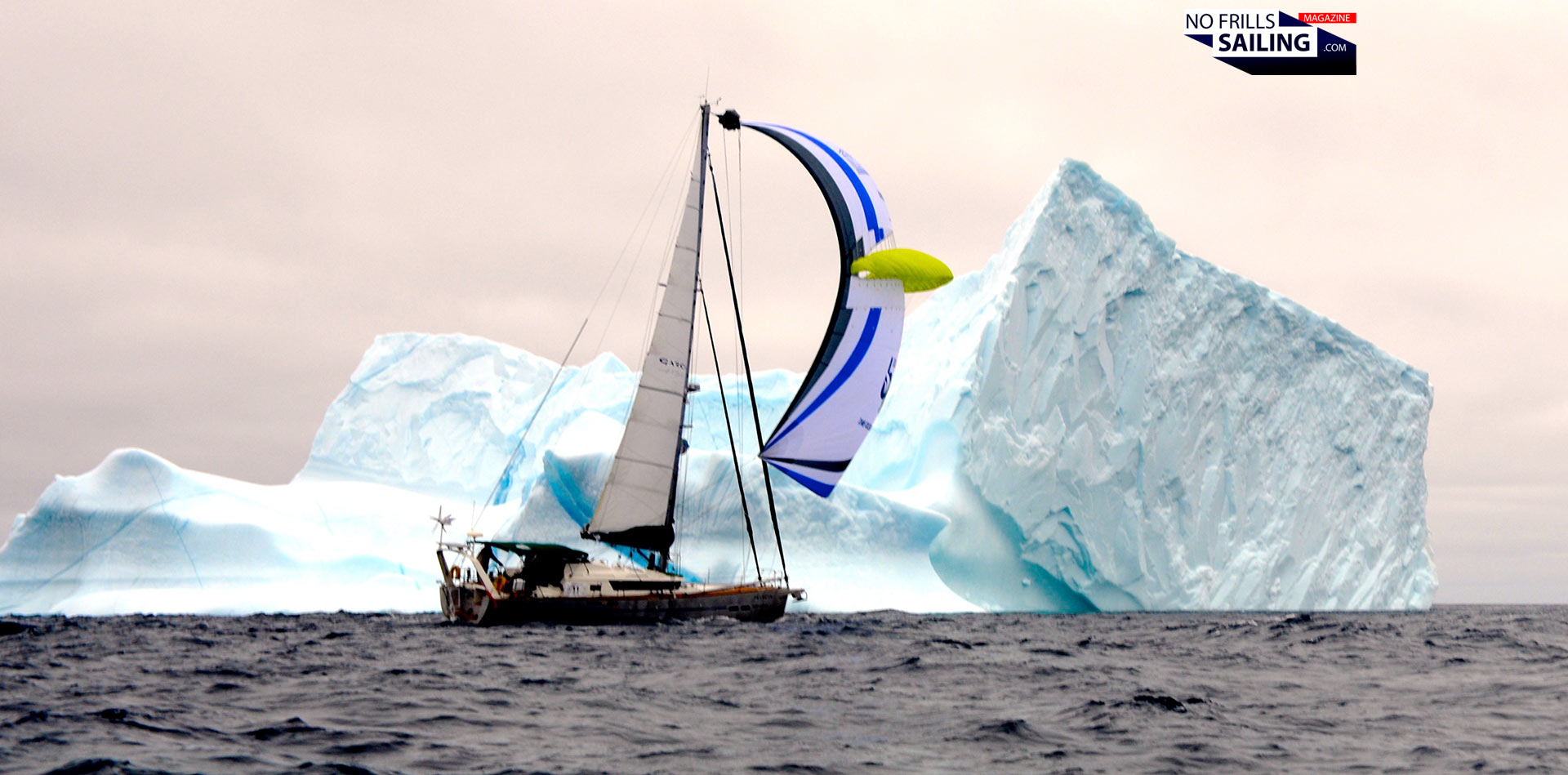
NO FRILLS SAILING.com | Lars Reisberg: “But then, after a certain time, you decided to go, right?”
Jimmy Cornell: “Yes. My first attempt at transiting the Northwest-Passage was back in 2014 when I sailed westwards from Greenland. Unfortunately the ice conditions in that year were unfavourable and we could not make it. As I didn’t want to spend the coming winter in the Arctic, I decided to sail south, reach the Pacific Ocean through the Panama Canal and attempt to complete the transit from west to east, from the Pacific to the Atlantic Ocean. I knew that starting from the Pacific Ocean one encounters usually better ice conditions because the winter ice starts melting and retreating from the west to the east. That means that you have more time to complete the transit by being able to start earlier in the summer and have enough time to complete the passage that same season.”
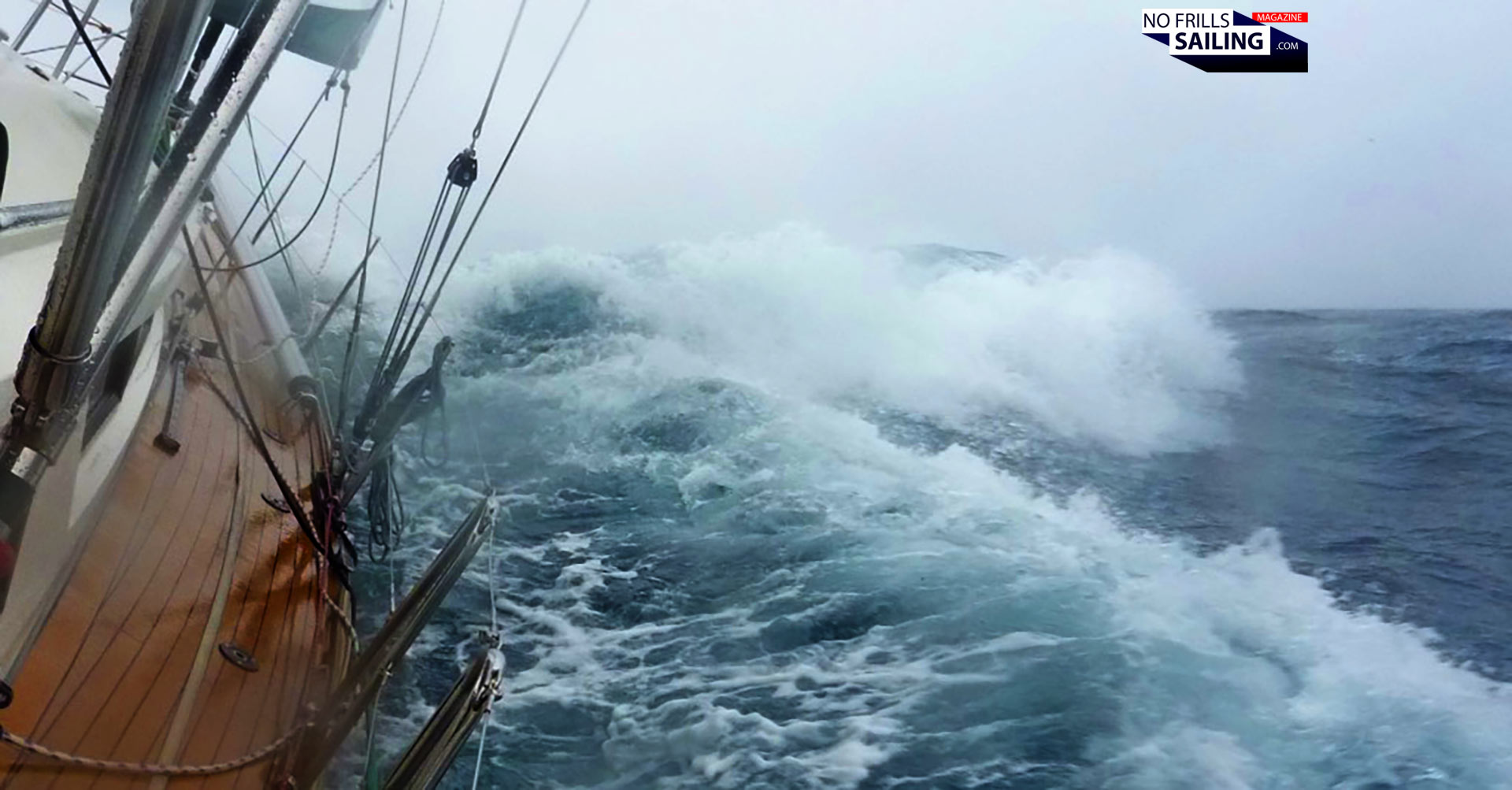
NO FRILLS SAILING.com | Lars Reisberg: “Wow, that´s quite an undertaking! But it sounds exactly as in so many dreams of so many sailors. I mean, the Northwest-Passage is, I would say, among the Top 5 on the „must do before die“-list for anyone who is involved in sailing I guess. What did impress you the most whilst doing it, the historical context like the infamous Franklin-expedition or the „sportive“ aspect of just doing it?”
Jimmy Cornell: “Well, I´d say for me it was simply the fact that I was attracted primarily by the challenge of being able to sail on my own boat through this notorious waterway which has defeated so many navigators in the past. Also having sailed twice to Antarctica, I felt that I owed it to myself to do the same in the Arctic.”
NO FRILLS SAILING.com | Lars Reisberg: “Please tell us a bit more about the pre-planning phase: How long did it take, did you need to apply or register with Canada´s beaurocracy and such?”
Jimmy Cornell: “The formalities in Canada were very simple as all we had to do was check in at the first police station once we had reached Canadian territorial waters. We did that at Tuktoyaktuk. A proper transit of the the Nortwhest-Passage only counts if the vessel has crossed the Arctic Circle from south to north, and on completion, to have crossed the Arctic Circle from north to south. We started from Dutch Harbor on July 14th 2015 and arrived at Nuuk, in Greenland, on 24th August, after a total of 5.024 miles. We have thus crossed Arctic Circle twice and therefore our voyage counts as a confirmed passage through that historic waterway”

NO FRILLS SAILING.com | Lars Reisberg: “What were the conditions, weather, wind and of course ice, when you sailed the Northwest-Passage?”
Jimmy Cornell: “We did have a lot of ice early in the voyage, especially in the northern part of the Bering Strait. But having a boat that had been conceived and built precisely for sailing in such challenging conditions, we managed to get through. On several occasions we had to physically push our way through the ice but I must admit that we didn’t have any really serious problems. We managed to do quite a bit of sailing and we also had a favourable current setting from west to east so all in or we managed to complete a very rapid transit in a total of 41 days.“
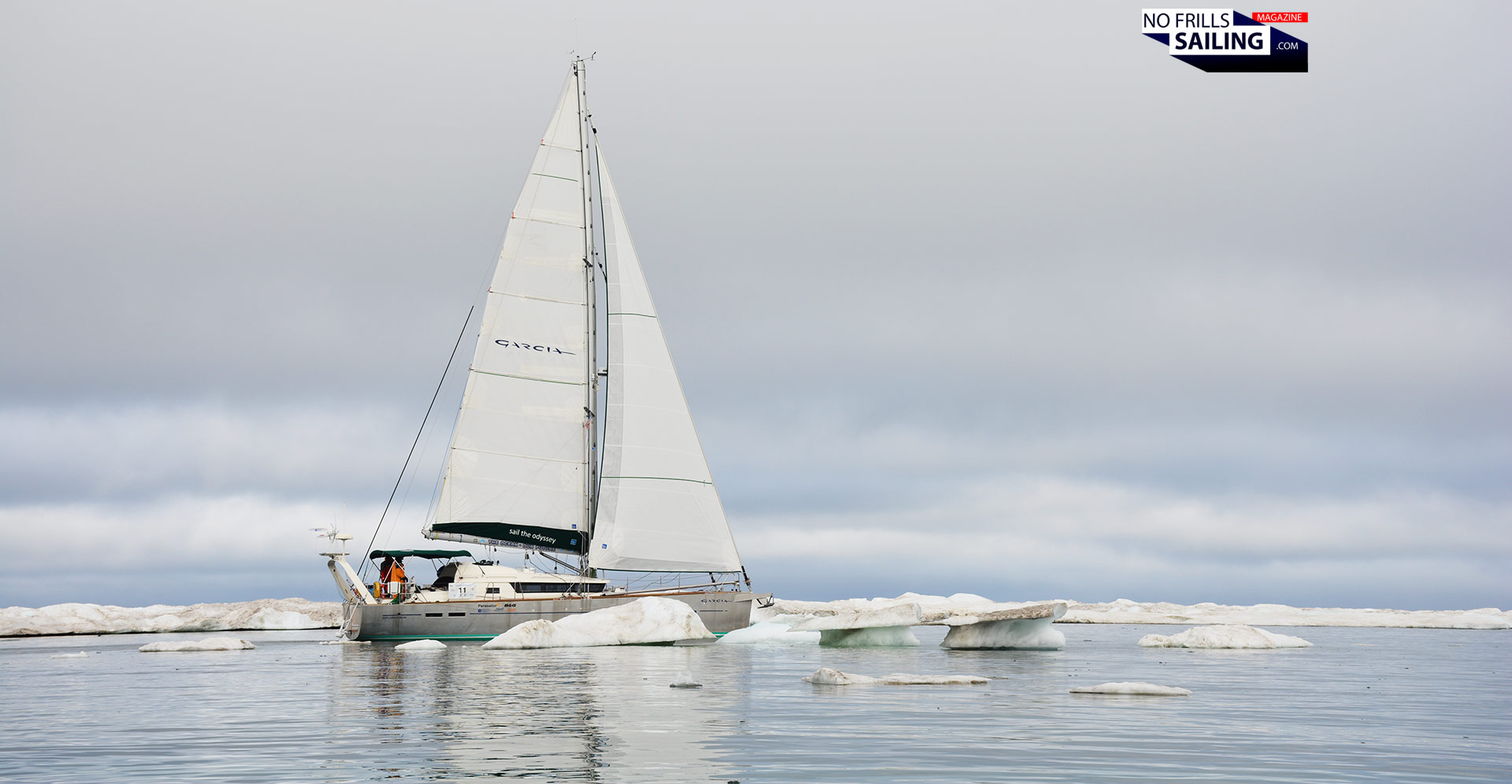
NO FRILLS SAILING.com | Lars Reisberg: “Your boat was an Exploration 45, which we all know has an aluminium hull. Would you still recommend a metal boat in favour of more vulnerable GRP or is due to climate change the NW passage generally safer also for plastic-yachts to go through?”
Jimmy Cornell: “A metal hull is certainly an advantage to have because sooner or later you’ll have to push through the ice and having such a strong hull does give you the peace of mind which you probably wouldn’t have if you were doing it in a boat with a fiberglass hull. However, many such boats have managed to sail successfully through that area as well. The consequences of climate change are already having a marked effect on conditions in the Northwest-Passage and ice conditions are getting increasingly more favourable for completing a transit in one season. But I must stress that this is still a very challenging destination and, besides a sturdy boat, even more important is having the experience to undertake such a challenging voyage.

NO FRILLS SAILING.com | Lars Reisberg: “Let´s stick a bit with your boat: Although the „standard“ Garcia yachts are considered to be „arctic ready“ sailboats, what are your learning from this trip to maybe further improve these boats for high latitude sailing?”
Jimmy Cornell: “The Garcia Exploration 45 that has led to the Exploration 52 and Exploration 60. At that time I was closely involved with the shipyard in a collaboration. These yachts thus are based on my conceptual ideas of a boat for all seas and all seasons. The fact that in 2024 three Garcia Exploration 45 have sailed successfully through the Northwest-Passage, and the owner of my previous Eploration 45 has sailed to Antarctica, is the best proof that the Exploration concept is the kind of boat to have on such challenging voyages.”
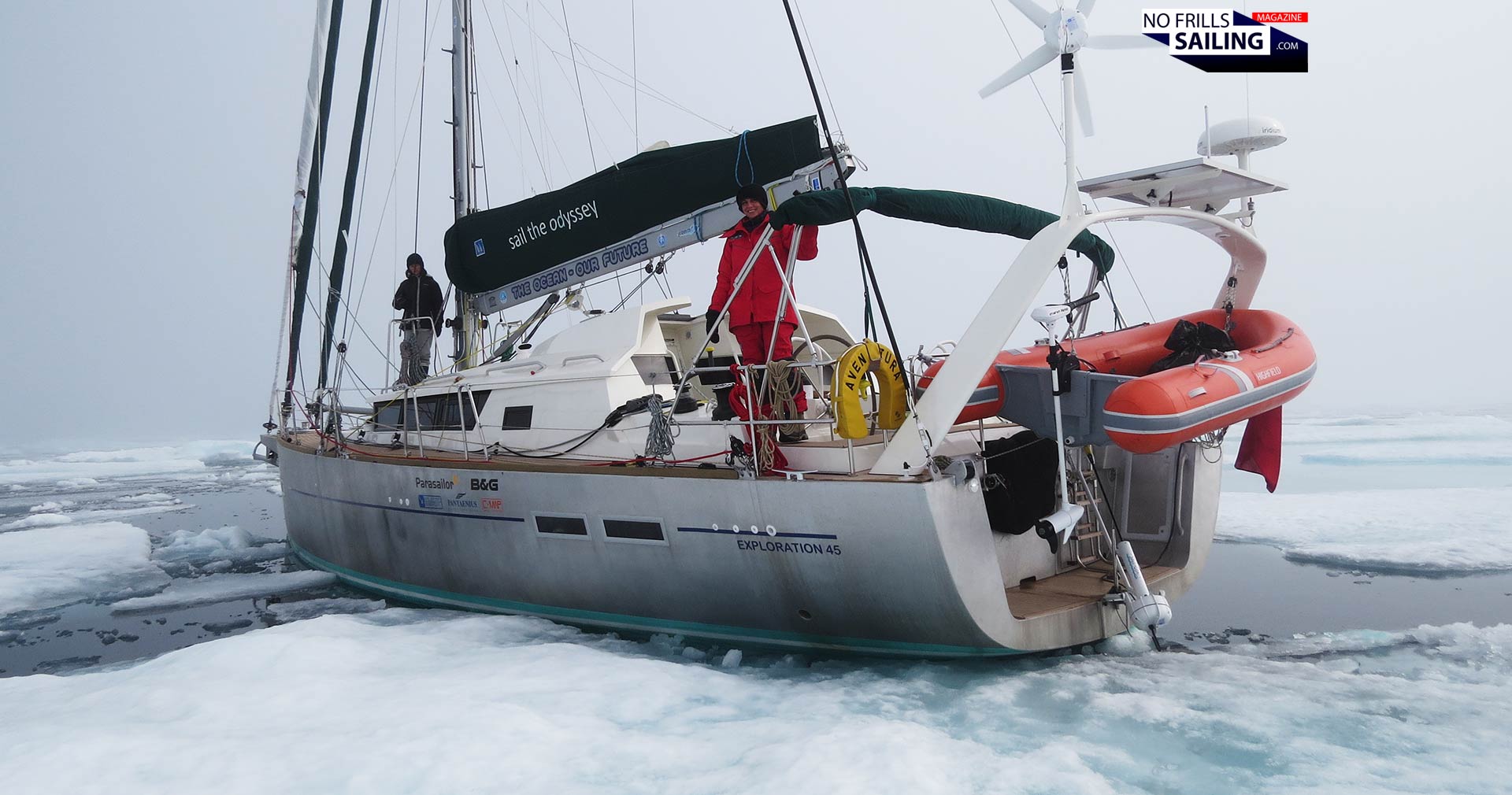
NO FRILLS SAILING.com | Lars Reisberg: “What were the most impressive things you have seen or met during the journey? Like maybe details of the nature, the weather or maybe people you´ve met, other skippers and such?”
Jimmy Cornell: “Nature and the Arctic environment most certainly! The animals, the long summer days, the specticular scenery, that make this such a memorable voyage. We had been so very fortunate to see many polar bears, walrus, muskox. However, I must say that the people who we met in those remote Inuit settlements were absolutely wonderful people! We were always received very warmly everywhere so I believe now that this is the most treasured memory from that unforgettable voyage …”
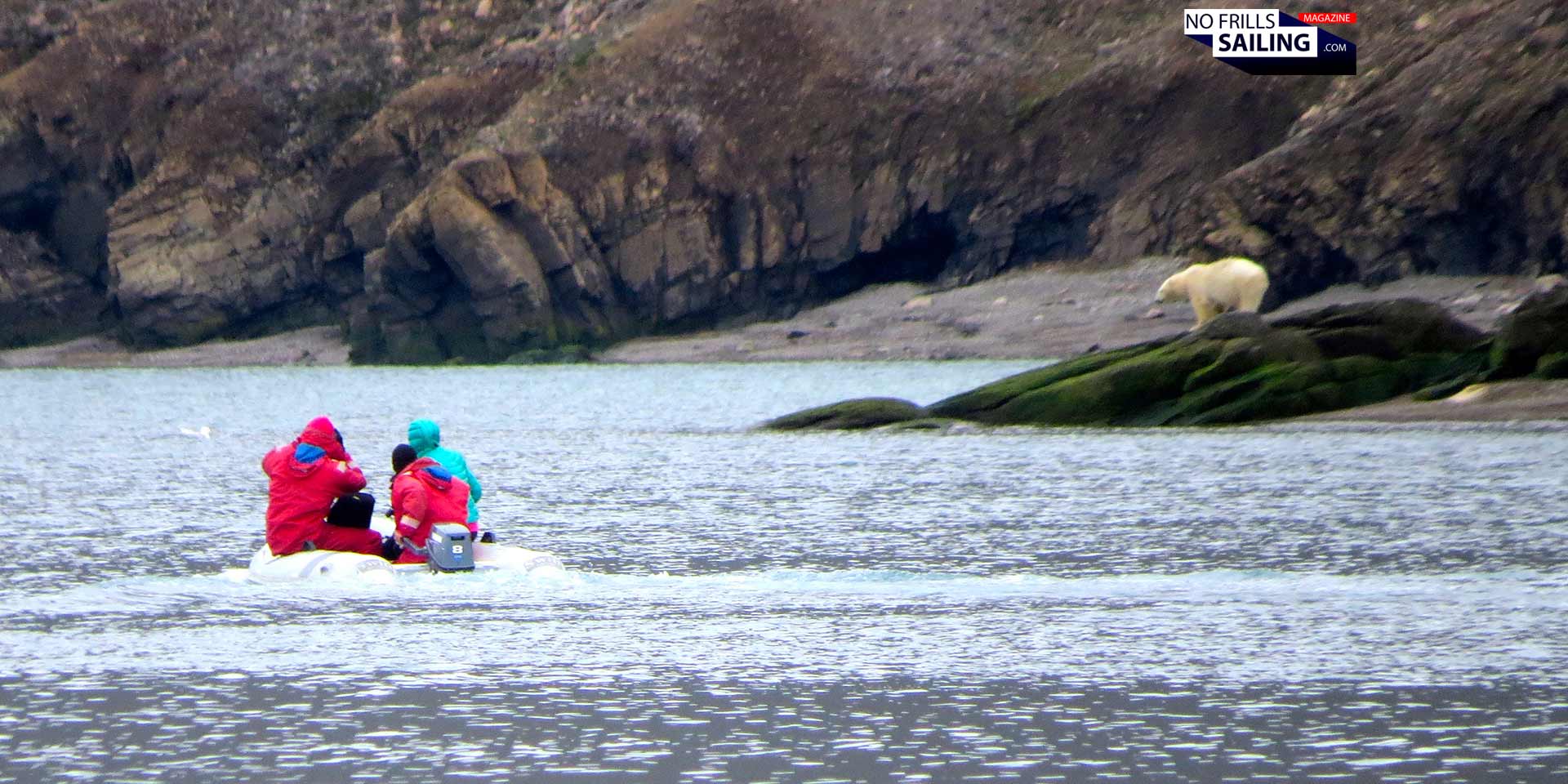
NO FRILLS SAILING.com | Lars Reisberg: “You mentioned the change of the world´s climate. Is it true that it can be seen there high up north in a more pronounced and maybe dramatic way?”
Jimmy Cornell: “Well, the most important lesson that I have learned is that in these times of climate chage the Northwest-Passage has been described as the “canary in the mine” which means that whatever happens to the climate there eventually will affect the rest of the world. Climate change is now a reality in those latitudes and in the conversations I had with Inuit people they all said that in recent years they have seen a major changes in the kind of birds and fish they are seeing now. Even grizzly bears are moving north and, in one area, they have seen something that they have never seen before: Bats.”
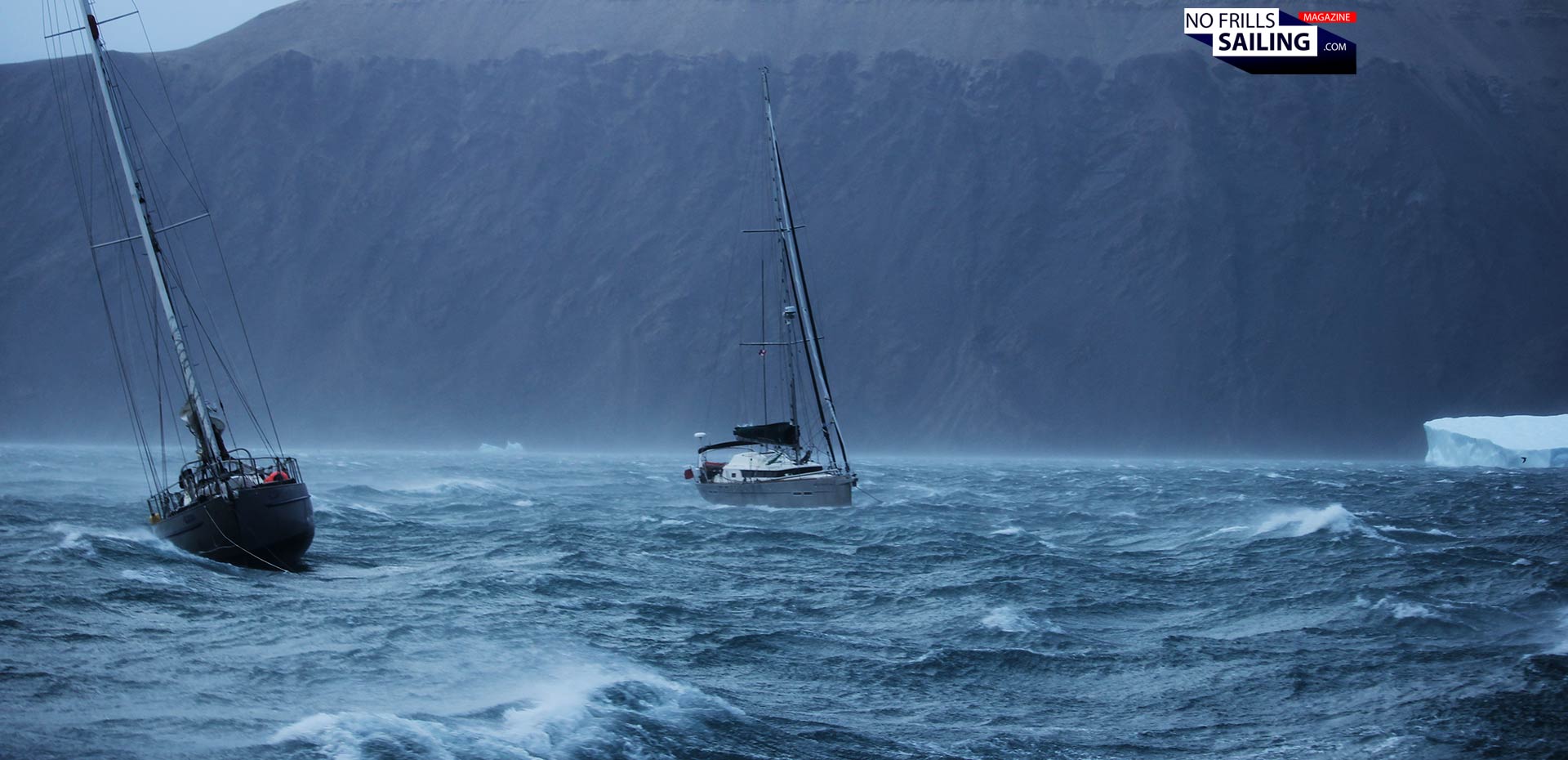
NO FRILLS SAILING.com | Lars Reisberg: “You are just about to start the „High Latitude Challenge“, about which I will do a second, more detailed article – was your Northwest Passage-trip the direct inspiration to set this up?”
Jimmy Cornell: “Yes, it was! And what inspired me to conceive this High Latitude Challenge was the fact that Exploration boats have successfully sailed in the Arctic and also in the Antarctic, so I thought whether it would be possible to combine those two exciting destinations into one voyage and make it accessable for skippers around the world. Just like we did with the Atlantic Rally for Cruisers. The High Latitude Challenge is meant for intrepid sailors who wish to sail to those tempting destinations. It will be just a perfect opportunity to do just that!”
Thanks so much for this insight and the great pictures, Jimmy! We´ve had another conversation about the new upcoming High Latitudes Challenge going on which will be published in a follow-up article, so stay tuned, dear readers!
If you like, check out Jimmy´s bookshop and browse through his vast selection of great sailing books, of which I have some as well in my own library.
You might also like to read these connected articles:
Jimmy Cornell on the perfect sailboat for circumnavigation and the Artcic
Some articles on the Northwest-Passage: Franklin expedition and a book review
Perfect yachts to tackle the ice? The Garcia Exploration 60
